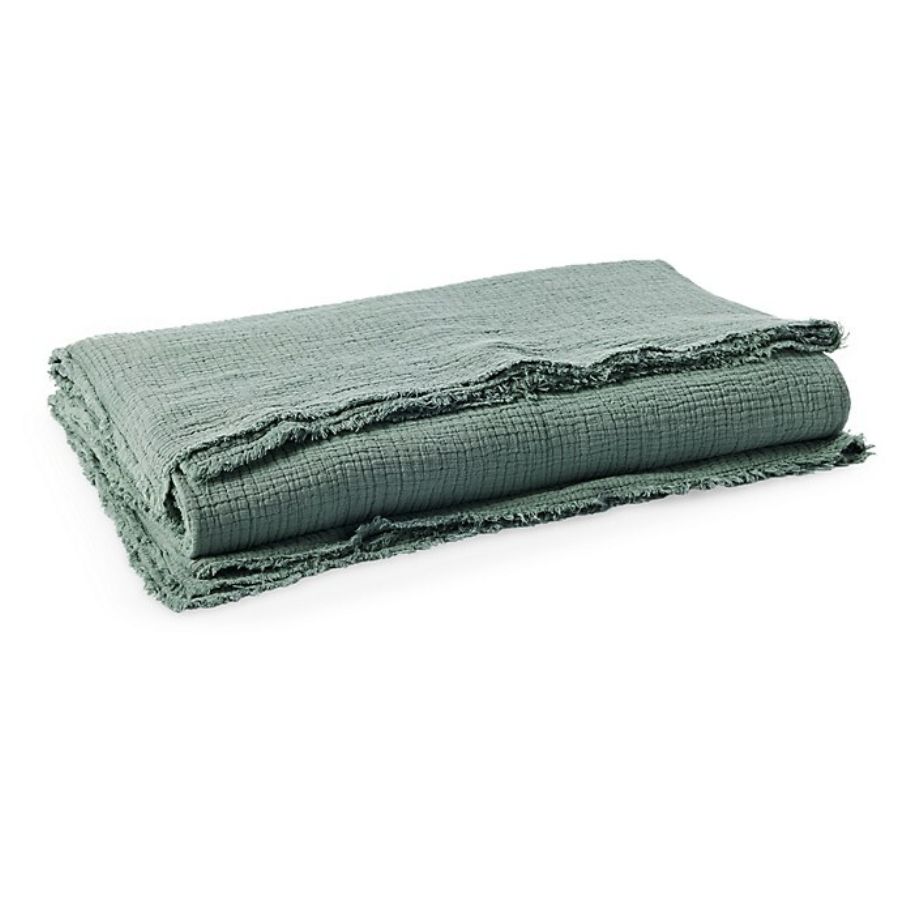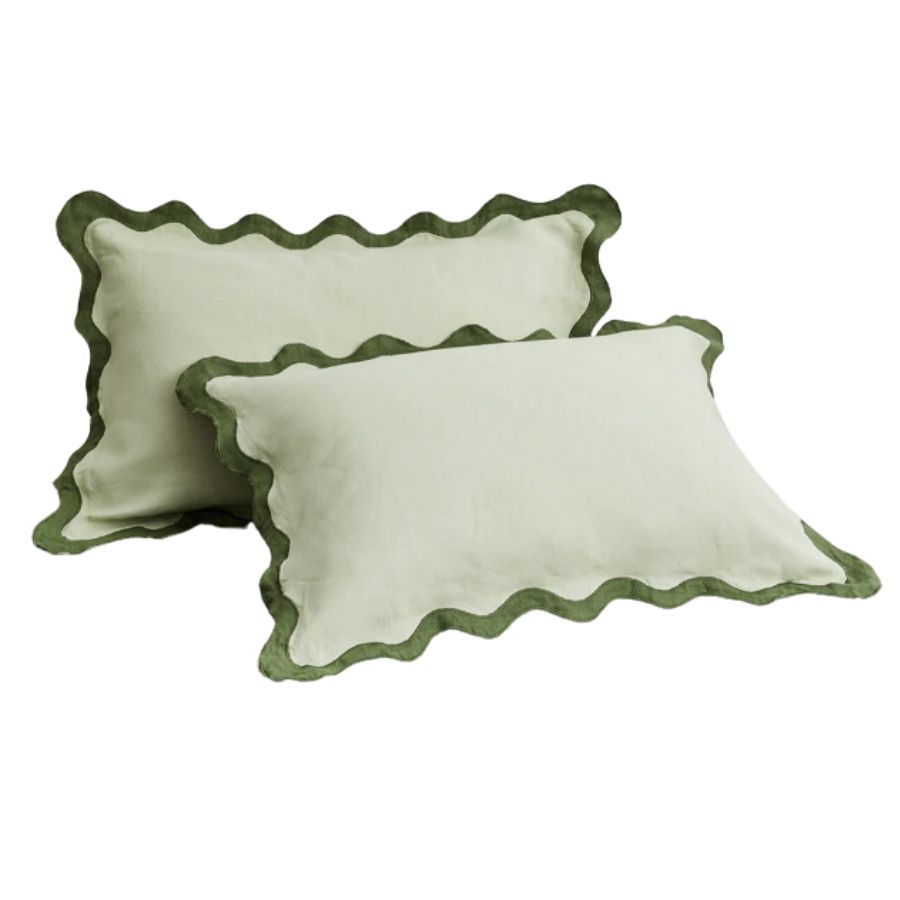Comfortable Bedroom Ideas — 6 Seriously Cozy Tricks Designers Use for a Restful Night's Sleep
Create a serene and calming space by incorporating these ideas into your bedroom's interiors

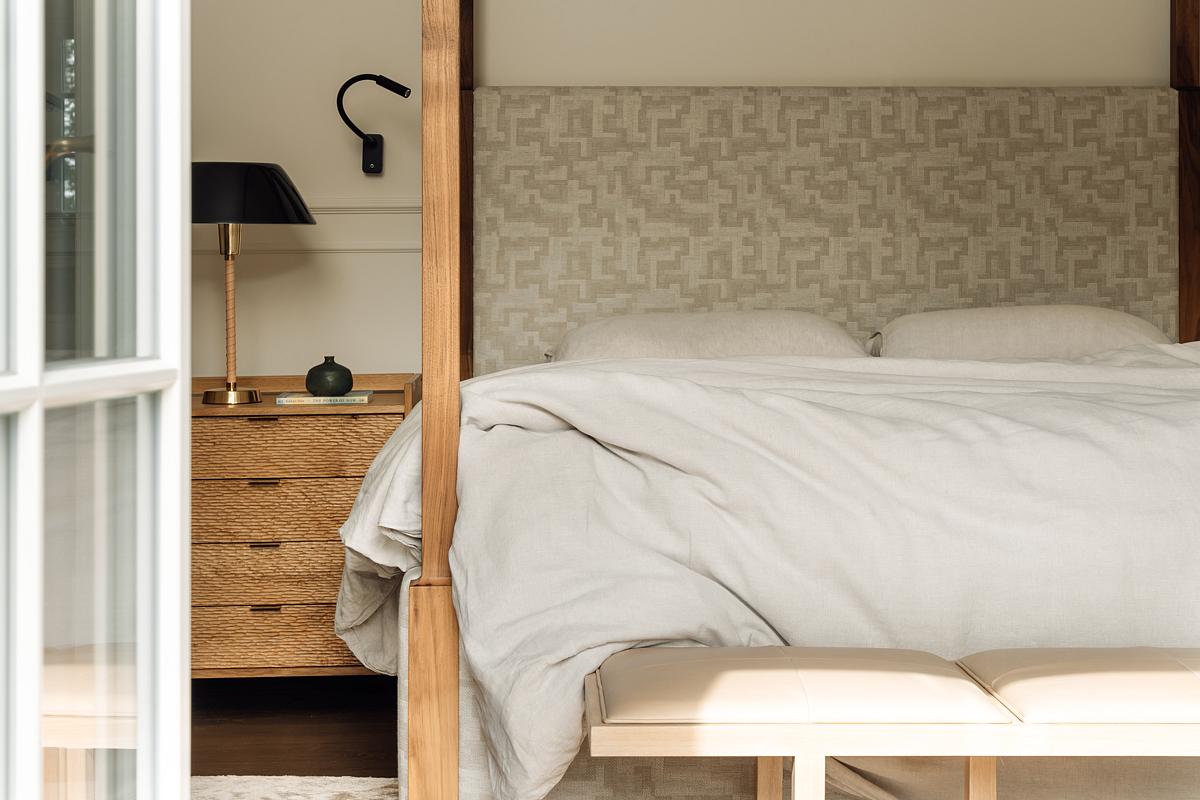
The prime purpose of a bedroom should first and foremost be comfort. Style is a close second. But there are examples out there of bedrooms that combine both, incorporating trending elements that also help foster a cozy and comfortable atmosphere in the bedroom.
‘A bedroom should be a serene hideaway from how frenetic our lives can be,’ says Christine Carney, director of design for Blackberry Farm Design. So how do we go about making out bedrooms stylish yet comfortable? I've spoken to some of my favorite designers to find out their top six tips for cozy modern bedrooms where you'll be guaranteed a restful night's sleep.
1. Consider window treatments
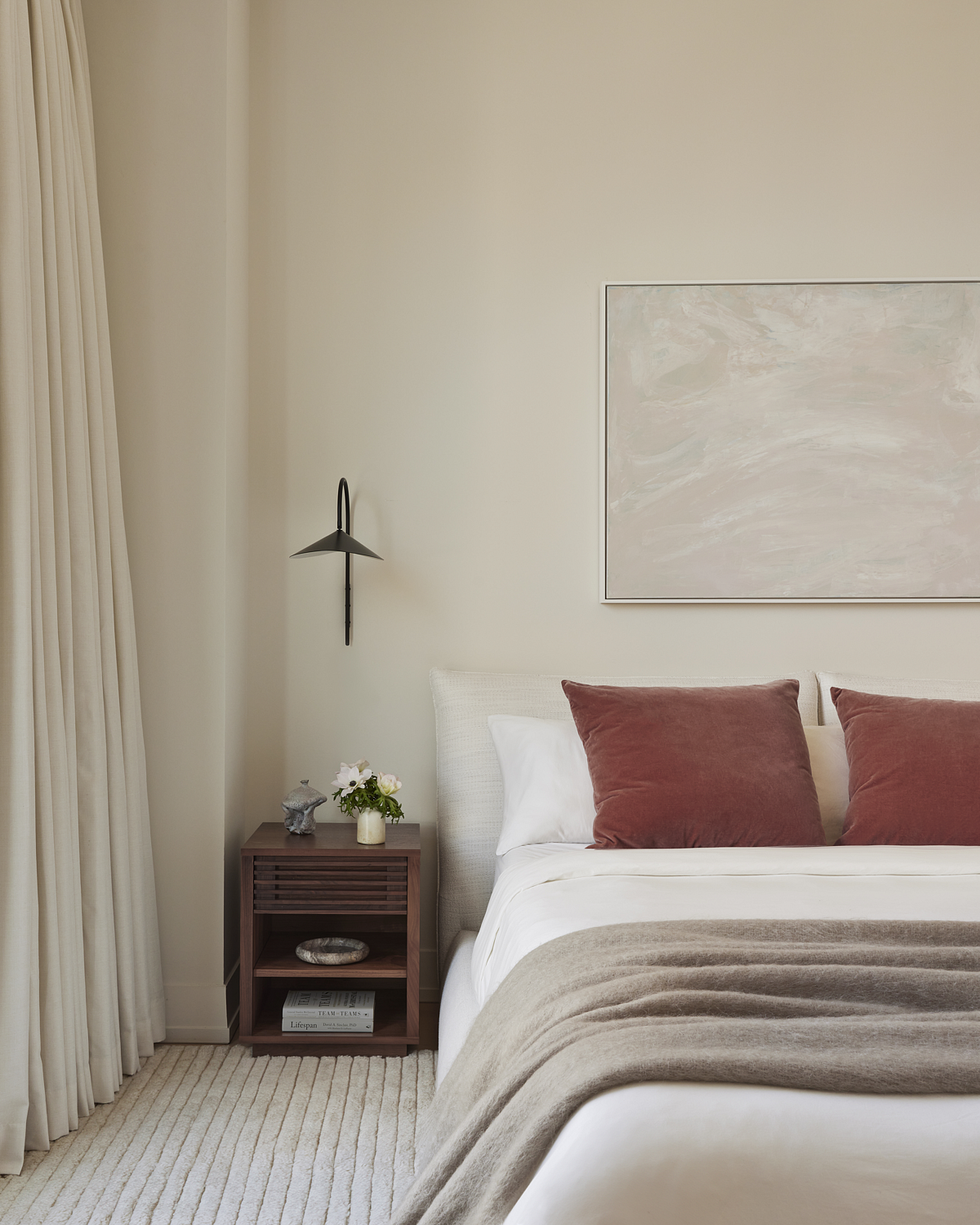
Bedroom curtains are far more than just a decorative addition to your bedroom, they give you total control over the light, serving the practical purpose of stopping bright morning light interrupting your sleep. They can reduce overheating during the warm months, stopping heat from coming in, while they stop heat loss in the colder months.
From blinds to shutters to stylish shades, curtains also help your bedroom feel private and secluded. All these functional elements can contribute to a comfortable room where you feel at ease in your own space.
'Add textile to the windows,' says Ksenia Mezentseva. 'Blackout curtains will block the morning sunrays and prevent you from waking early.'
'Soft flowy curtains will add texture and overall coziness to the room. Choose light curtain colors to blend in with the walls or an accent color to make a statement.'
2. Incorporate a warm color scheme
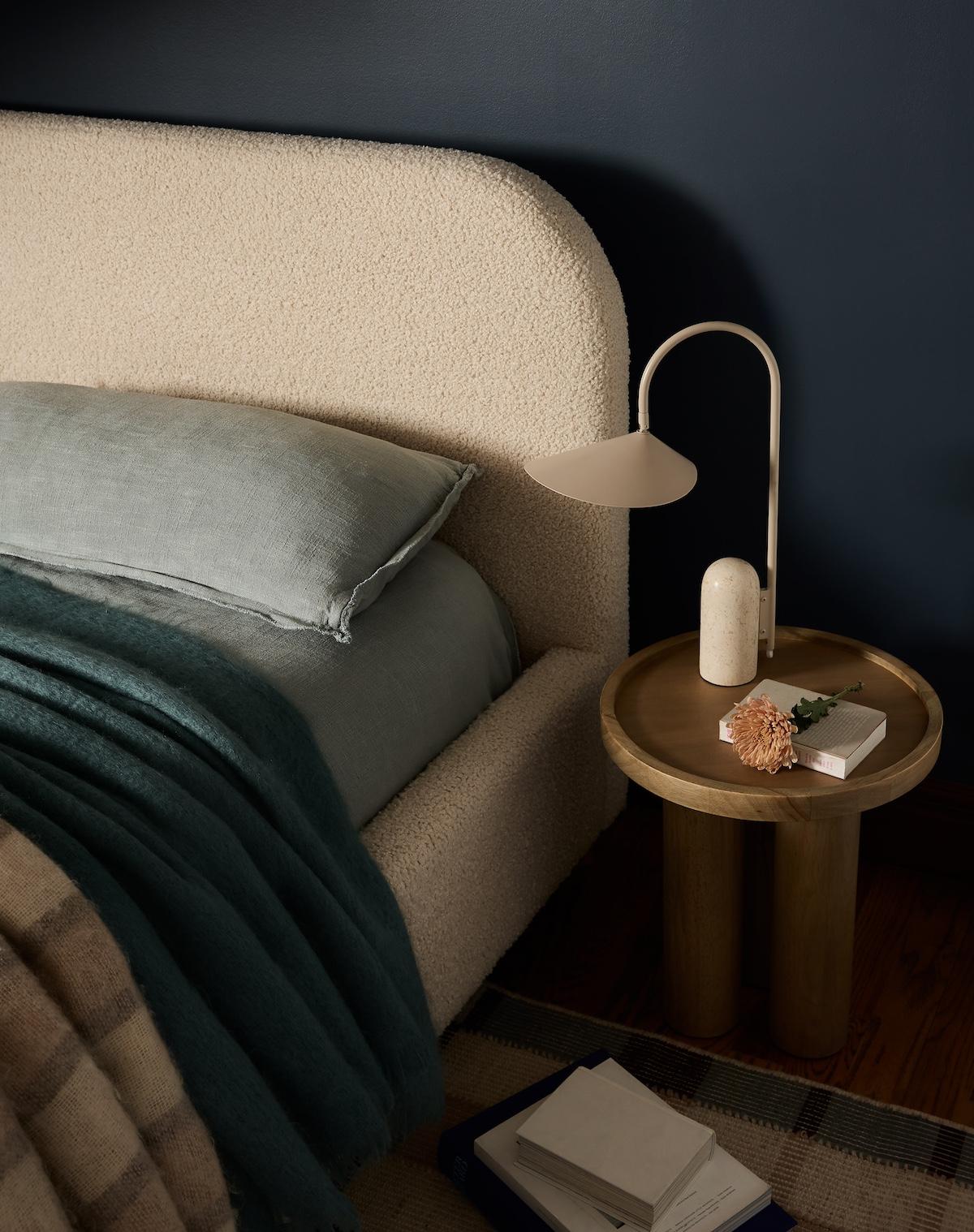
The color scheme you opt for in your bedroom has real impact on the room and the atmosphere. If you use colors from the cool side of the color wheel, like blues, greens and clean, bright whites, it's likely that your bedroom will feel cool as a result. We advise sticking to a warm color scheme for good measure. ‘Warm, rich colors can help to create a mood and shut out the noise of the day-to-day,’ says Christine Carney, director of design for Blackberry Farm Design. In this design by Susannah Holmberg Studios, the blue of the wall paint is balanced out by the pops of gold, neutrals, natural woods and creams that warm up the space.
The Livingetc newsletters are your inside source for what’s shaping interiors now - and what’s next. Discover trend forecasts, smart style ideas, and curated shopping inspiration that brings design to life. Subscribe today and stay ahead of the curve.
‘I used to think that a bright bedroom, whether a white tone or similar was the best way to wakeup,’ says Claire Hung, founder of New York-based design firm, Claire Hung Design, ‘but I’m finding that it’s of great value to design a bedroom to be more calming and low energy using dark colors.
We recommend sticking to a spectrum of neutrals. From light tans and beiges through to more mushroom-toned browns and even a pop of deep purples or rust reds can help create a space that feels warm.
'Calming and low energy wall color doesn’t mean you won’t feel refreshed upon waking, to me it actually supports the slow transition we all need or enjoy experiencing upon waking,' adds Claire. 'It’s our other more public spaces that serve us well when they are brighter and more lively, as we tend to spend more of our wake time in them.’
3. Think about the bed

It might sound obvious, but your bed is the main focus of the bedroom and should be comfortable. Your mattress should be the perfect firmness to your taste, but there are other factors that can add elements of comfort to your bed too.
Think about the feel of the materials to the touch. While I love the look of linen, it's not the softest on the skin, so go for a super soft cotton or even silk to make slipping into bed even more relaxing. Layer with blankets and use cushions and pillows to create comfort where you lay your head.
'Invest in luxurious bedding by prioritizing high-quality essentials, including a comfortable mattress, supportive pillows, and soft, breathable linens to encourage a good night's sleep,' advises Ginger Curtis, CEO and founder of Urbanology Designs.
'A big comfortable bed is the key to the best sleep,' adds Ksenia. 'Choose a pretty headboard shape, a neutral color scheme and the most comfortable mattress that makes you relax. Make is cozy with pillows and soft threads.'
4. Keep the space warm

Controlling your temperature levels in your bedroom helps add to the comfort. Make sure your radiators are well positioned away from windows so you're not losing heat, and if you can keep them on a timer, you'll benefit from the warmth at times that suits you - like in the mornings or just before you get ready for bed.
'If it is an option, warm up the bedroom with real fire,' says Ksenia. 'A real fireplace is of course an ideal solution but not every home has a functioning chimney.'
'A great replacement can be a bio fireplace or multiple candles lit around to recreate the real fire.'
5. Incorporate calming materials
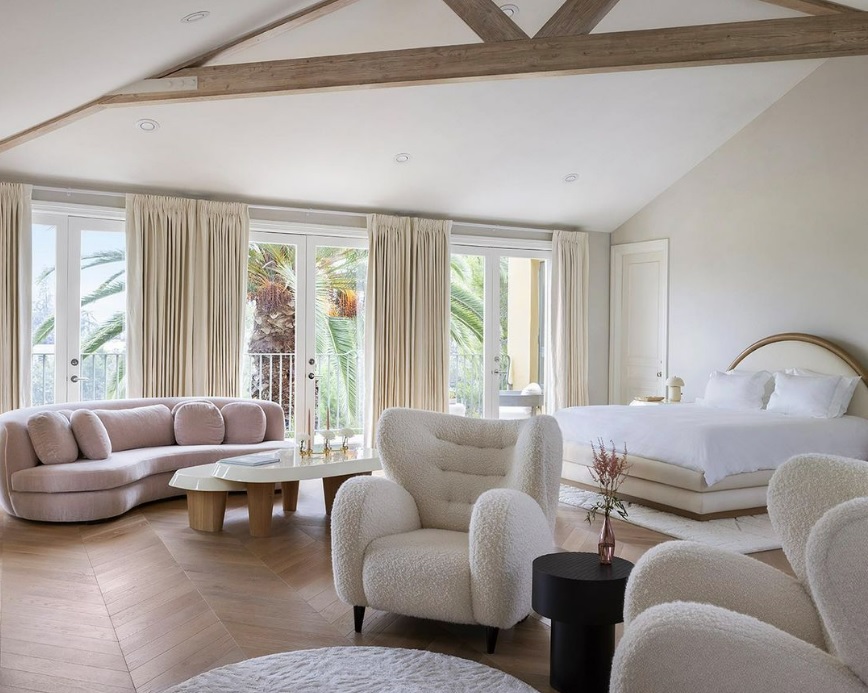
Layer your bedroom with sumptuous materials and fabrics to help you ramp up the comfort. 'Adding layers of texture to a room can easily create a warm and inviting space,' agrees interior designer, Gray Walker. 'Try incorporating fabrics with visual textures like fur or velvet. The soft and fluffy texture of fur can make a room feel more luxurious and cozy, while velvet's smooth and silky feel can add a touch of elegance and sophistication.'
The approach to design this bedroom by Maison Vilucchi began by combining a soft and delicate palette of colors with refined fabrics, plush textures, and refined materials. From the draperies to the upholstered furniture, bedroom rugs, and accent pillows, explains Tancred Vilucchi, founder of Maison Vilucchi, who designed this room.
'I like to combine high-quality mohair and bouclé as it provide very pleasant feelings, especially on the furniture and pillows,' says Tancred.
'We introduced an elegant selection of furniture reflecting different layers and thicknesses to create depth and dimensions, showing off voluptuous lines, which results in a harmonious, inviting, and enveloping atmosphere.'
6. Limit technology

It's well reported that technology is not conducive to a good night's sleep. If you are prone to having a quick scroll of your socials before bedtime, the blue light omitted by your phone fools the brain into thinking it's daytime, and this is a blocker to your body releasing the sleep hormone melatonin which helps you wind down and relax.
The same goes for televisions. 'No to TV,' says Ksenia. 'A bedroom is a place for rest, sleep and everything else peaceful. Replace your TV with a library, a fireplace or music outlets to truly relax and de-digitize in your bedroom.'
At the same time, you might want to consider how your bedside table operates so that all technology you do need in the room (your alarm, light fixtures, charging points) is incorporated or to hand. This example from TINNAPPELMETZ has a bedside light and wall lights that are perfectly positioned for nighttime reading - providing total comfort and ease.
3 additions to create a comfortable bedroom

Former content editor at Livingetc.com, Oonagh is an expert at spotting the interior trends that are making waves in the design world. She has written a mix of everything from home tours to news, long-form features to design idea pieces, as well as having frequently been featured in the monthly print magazine. She is the go-to for design advice in the home. Previously, she worked on a London property title, producing long-read interiors features, style pages and conducting interviews with a range of famous faces from the UK interiors scene, from Kit Kemp to Robert Kime. In doing so, she has developed a keen interest in London's historical architecture and the city's distinct tastemakers paving the way in the world of interiors.
